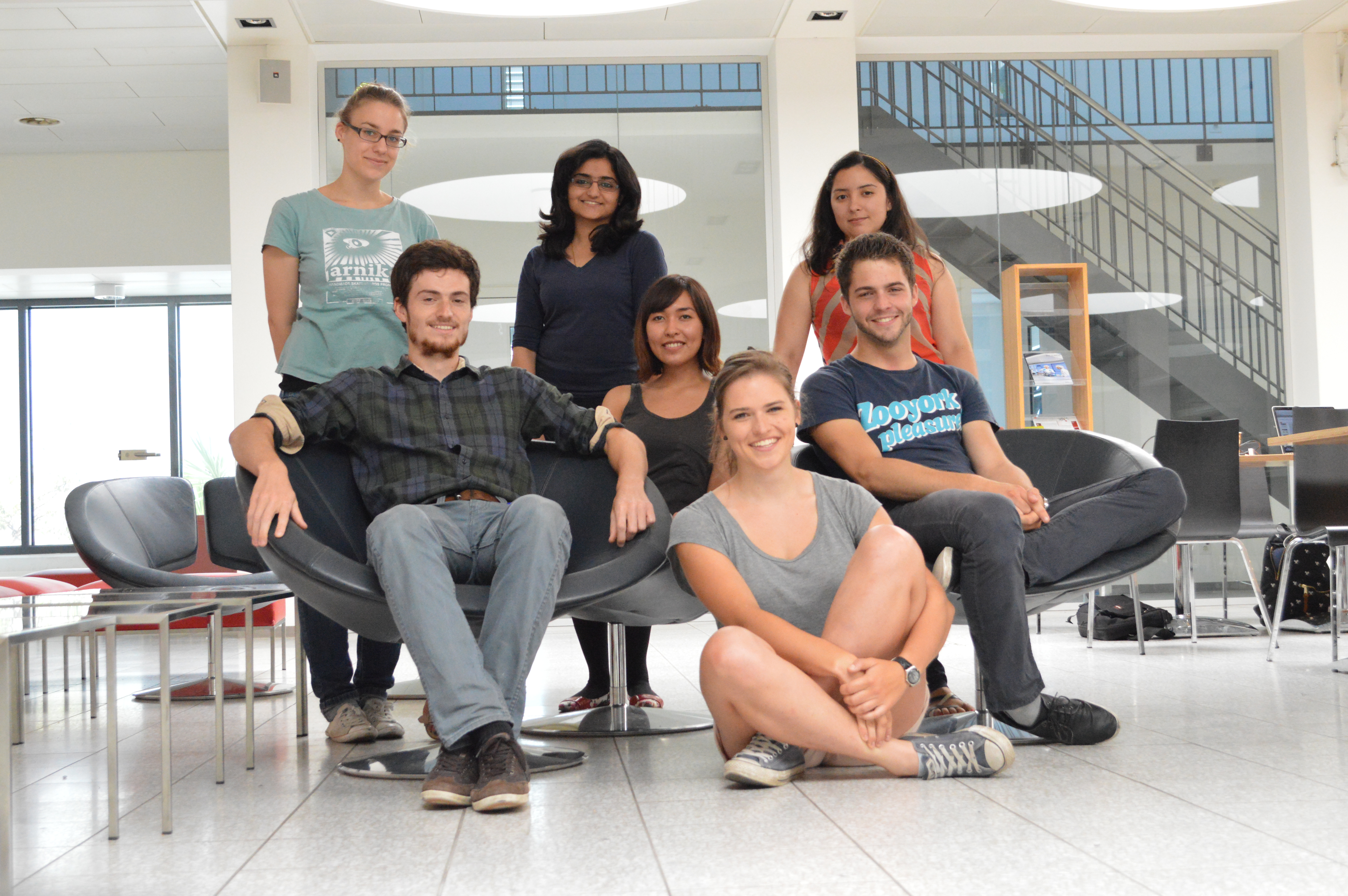Team:ETH Zurich
From 2013.igem.org
| Line 37: | Line 37: | ||
<map id="imagemap2" name="#map2"><area shape="rect" alt="" title="PluxRmutations" coords="16,14,421,308" href="https://2013.igem.org/Team:ETH_Zurich/Experiments_5" target="" /><area shape="rect" alt="" title="Diffusion tests" coords="441,18,855,315" href="https://2013.igem.org/Team:ETH_Zurich/Experiments_2" target="" /><area shape="rect" alt="" title="Enzyme substrate tests" coords="23,321,444,725" href="https://2013.igem.org/Team:ETH_Zurich/Experiments_3" target="" /><area shape="rect" alt="" title="Gameplay" coords="459,317,851,724" href="https://2013.igem.org/Team:ETH_Zurich/Experiments_6" target="" /><!-- Created by Online Image Map Editor (http://www.maschek.hu/imagemap/index) --></map> | <map id="imagemap2" name="#map2"><area shape="rect" alt="" title="PluxRmutations" coords="16,14,421,308" href="https://2013.igem.org/Team:ETH_Zurich/Experiments_5" target="" /><area shape="rect" alt="" title="Diffusion tests" coords="441,18,855,315" href="https://2013.igem.org/Team:ETH_Zurich/Experiments_2" target="" /><area shape="rect" alt="" title="Enzyme substrate tests" coords="23,321,444,725" href="https://2013.igem.org/Team:ETH_Zurich/Experiments_3" target="" /><area shape="rect" alt="" title="Gameplay" coords="459,317,851,724" href="https://2013.igem.org/Team:ETH_Zurich/Experiments_6" target="" /><!-- Created by Online Image Map Editor (http://www.maschek.hu/imagemap/index) --></map> | ||
| - | <p style="font-size:15px" align="justify"><b>Experiments</b><br>Starting with characterization of the OHHL diffusion in agar plates we went on to test different sender- and receiver-cell pairs in the hexagonal grid. Initially we used Green fluorescent Protein (GFP) as a reporter to study the OHHL interaction between mine and non mine colonies. | + | <p style="font-size:15px" align="justify"><b>Experiments</b><br>Starting with characterization of the OHHL diffusion in agar plates we went on to test different sender- and receiver-cell pairs in the hexagonal grid. Initially we used Green fluorescent Protein (GFP) as a reporter to study the OHHL interaction between mine and non mine colonies. Together with promoter mutagenesis and screening, we also tested and characterized different hydrolase-substrate pairs which are crucial to get the game going!</p> |
</li> | </li> | ||
Revision as of 07:43, 17 September 2013
Colisweeper is an interactive, biological version of the Minesweeper computer game, based on luxI/luxR quorum sensing and chromogenic enzymatic reactions. The goal is to clear an agar “minefield” without detonating mines.
Genetically engineered Escherichia coli colonies are used as sender-cells (mines) and receiver-cells (non-mines). Mines secrete the signaling molecule N-(3-oxohexanoyl)-l-homoserine lactone (OHHL) whereas non-mines process the signal. To distinguish between OHHL-levels, a library of PLuxR promoters with various sensitivities was created through site-saturation mutagenesis. High-pass filters were constructed to control the expression of different orthogonal hydrolases in non-mines, depending on the number of surrounding mines.
Additionally, the mines express their own hydrolase.A spatiotemporal reaction-diffusion model was established to evaluate and improve the system. To play Colisweeper, a colorless substrate solution is pipetted onto a colony of choice. The result is a defined color change within minutes, allowing identification of the played colony and the number of mines surrounding it.
 "
"













